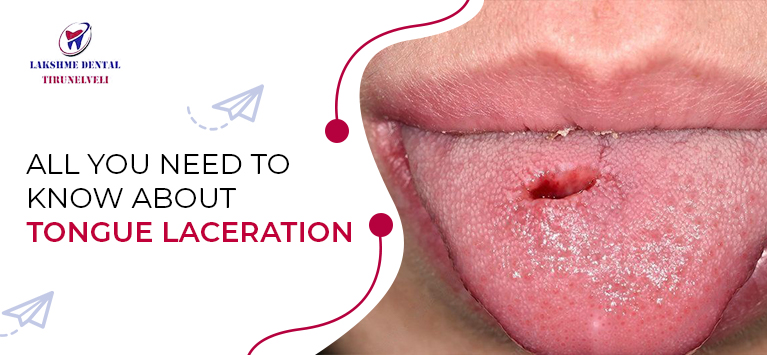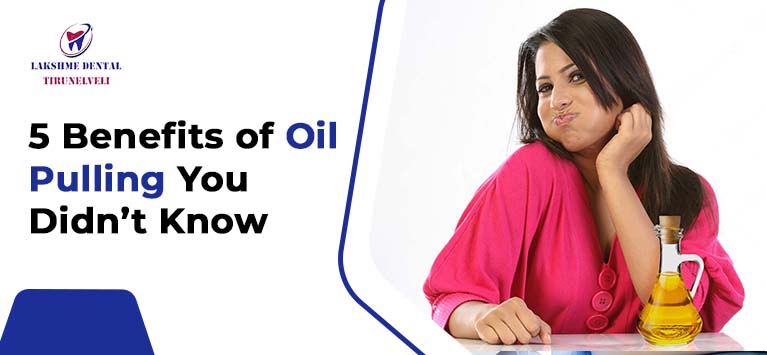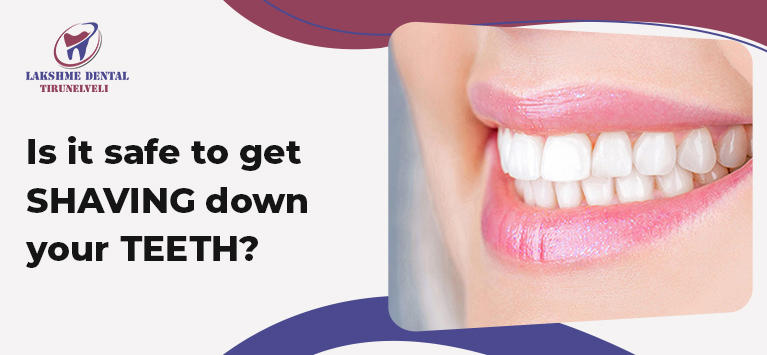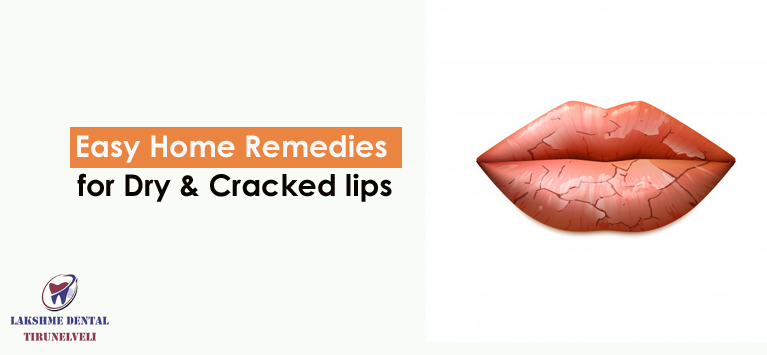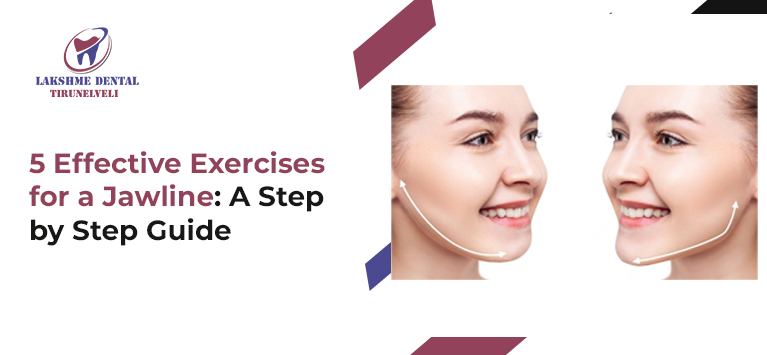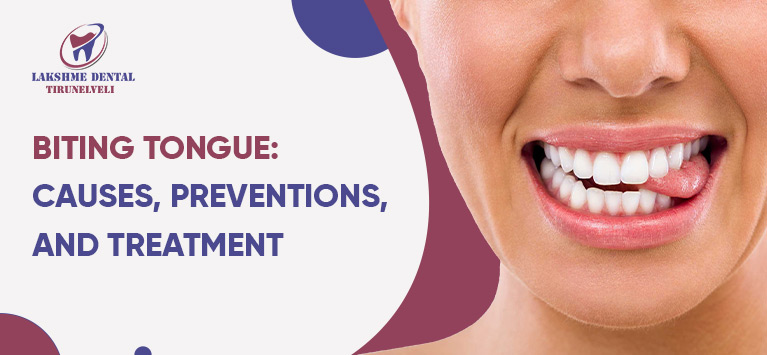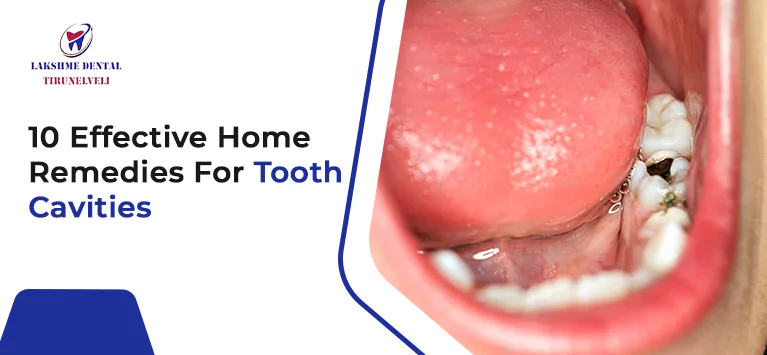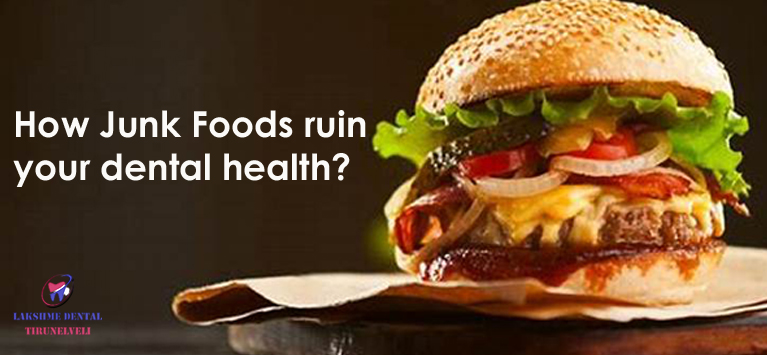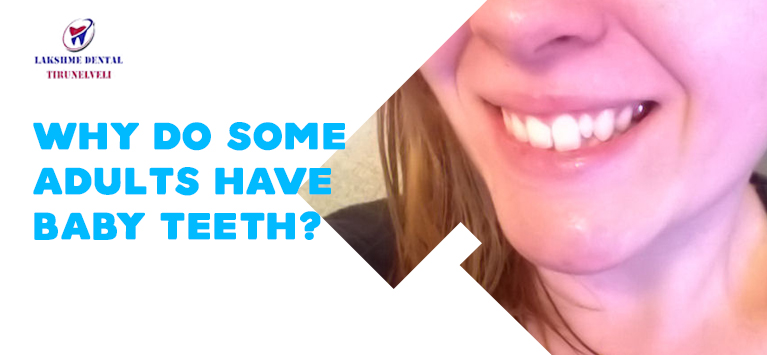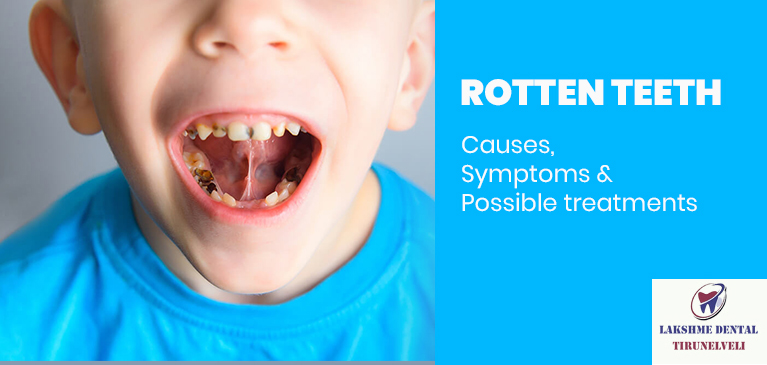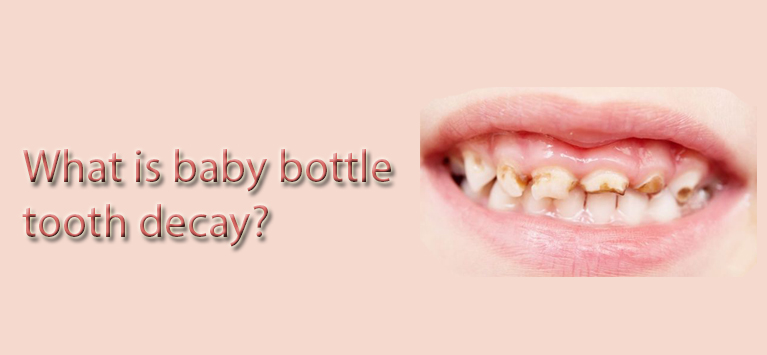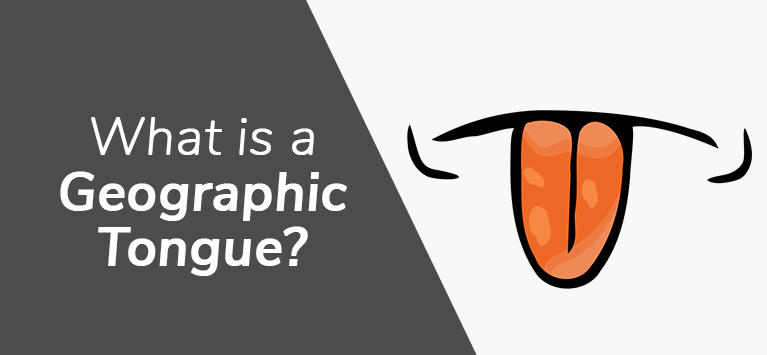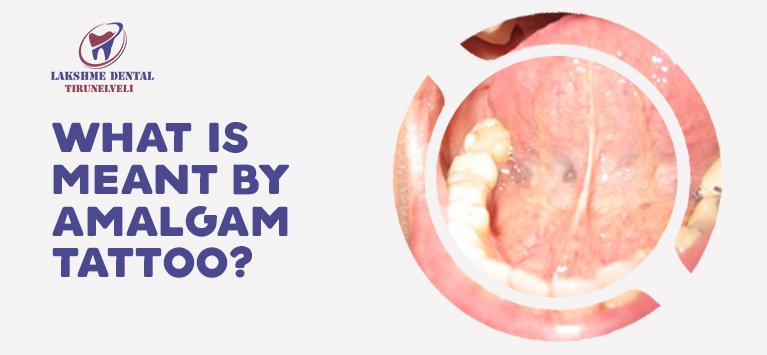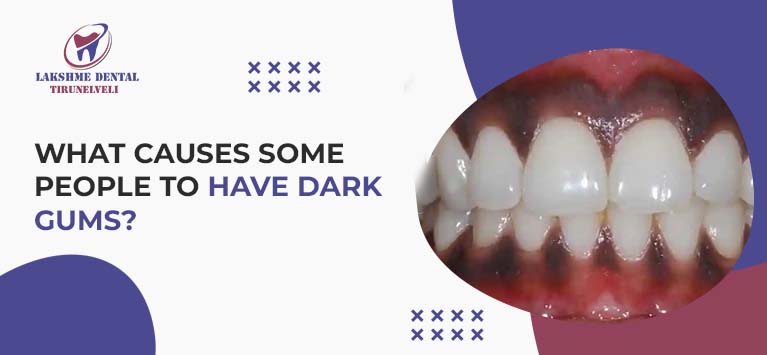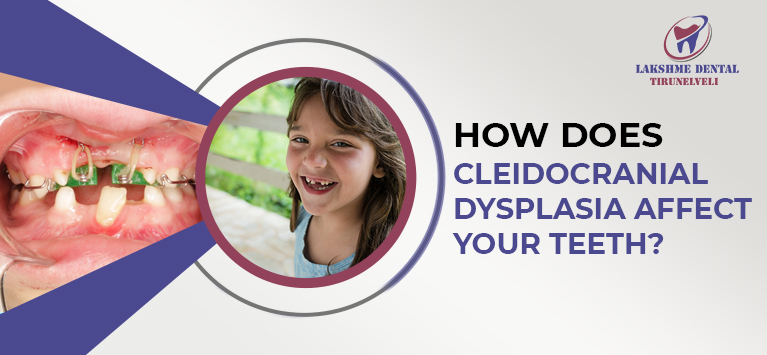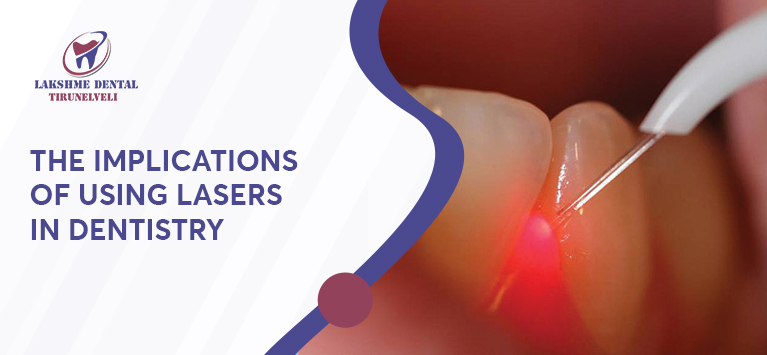
The Implications of Using Lasers in Dentistry
Laser stands for light amplification by stimulated emission of radiation. The introduction of this device in dentistry has brought many drastic changes. As everyone knows, laser dentistry is considered as an alternative to various traditional procedures performed with drillers, surgical blades. In simply, laser technology has transformed numerous surgical procedures into non-invasive treatments.
When the narrow, concentrated beam of laser light hits the tissue, the light energy carried by the laser produces a reaction to provide the required solution.
What are the different types of laser?
Laser light has been classified with respect to various factors as follows:
i. ANSI & OSHA standardization
- Class 1- Low powered lasers (Safe and can be viewed with naked eyes)
- Class 2a – Low powered lasers (Hazardous)
- Class 2b – Low powered visible lasers
- Class 3a – Medium powered lasers
- Class 3b – Medium powered lasers (0.5 W Max)
- Class 4 – High powered lasers
ii. Wavelength – Ultraviolet lasers, Visible lasers, Infrared lasers
iii. Penetration power – Hard lasers (Surgical lasers), Soft lasers
iv. Pulsing – Pulsed lasers, Non-pulsed lasers
v. Type of active medium – Gas lasers (Co2 lasers, He: Ne lasers, Argon lasers), Liquid lasers (Dylase), Solid-state lasers (Nd: YAG lasers, Er: YAG lasers, Ho: YAG lasers), Semiconductor lasers (Diode laser)
Medical Practitioners use lasers in treatments according to the specific properties and biological effects of the laser lights. Currently, Co2 lasers, Er: YAG lasers, Nd: YAG lasers, Diode lasers, and Argon lasers are widely used in dental diagnosis and treatments.
Those dental lasers are classified as:
- Soft tissue lasers – Lasers utilized to treat soft tissues like gum tissues.
- Hard tissue lasers – Lasers utilized to treat hard tissues like tooth enamel, dentin, and others.
How do lasers work in Dentistry?
When laser penetrates the teeth, tissues, or other regions where the light is focused, the light is absorbed and converted into heat. Thus laser makes a reaction when the soft or hard tissues come into contact which helps in removing teeth stains, contagions, and other infections in the oral tissues.
The hard tissue lasers absorb water and certain minerals in the teeth so that they can efficiently remove some tooth structure, eliminate stains, repair fillings, shaping teeth. The energy produced by laser dissolves bacteria in the cavity and vaporizes deep stains on the teeth.
The soft tissue lasers absorb through water and hemoglobin. Hemoglobin is a protein molecule in red blood cells and is responsible for carrying oxygen to the organs. As the laser light penetrates through hemoglobin, it kills microbes in the oral tissues.
What are the advantages of using lasers in dentistry?
Laser dentistry has numerous benefits over traditional methods. Here are some instances:
- It is the right choice for people with dental anxiety or dental phobia.
- The neighboring tissues will not be injured.
- Sutures are not required
- Less bleeding
- Low chances of bacteria infection in the surgical site.
- Wounds can heal faster
- The healthy portions of a decayed tooth can be preserved while removing the infected portions.
- Faster recovery
What are the limitations of using laser dentistry?
Similar to the advantages, lasers have some limitations (i.e.) it is not useful in performing certain dental procedures. For instance, it cannot be utilized in treating a tooth with fillings. Below are some:
- Lasers cannot remove damaged bridges and crowns
- Lasers cannot fix an extensively decayed tooth
- Lasers cannot be used to treat cavities between the teeth.
- In certain cases, drilling is needed to shape a tooth after being treated with laser.
What are the therapeutic solutions provided using laser in our Lakshme Dental Hospital?
Our dentists use laser light in diagnosis and various dental solutions as follows:
- Tooth decay
- Tooth preparations for bonding procedures
- Teeth whitening
- Treating sensitive teeth
- Crown lengthening
- TMJ treatment
- Gum diseases
- Extricating soft tissue folds
- Removing tumors from the gums, palate, sides of the lips, and cheeks
- Removing lesions
- Treating tongue frenulum attachment
Bottom line
Despite having some limitations, dental lasers are harmless and highly effective. They have made various dental treatments drill-less, painless, and ensure faster healing.
In general, dental doctors have undergone special training in handling laser devices. Moreover, the dentists would give you a pair of special glasses to wear during the laser procedure so that you can feel comfortable and relaxed during the treatment.
If you want to know more about using therapeutic lasers in dentistry, give us a call or book your appointment with our dentists in Tirunelveli.

